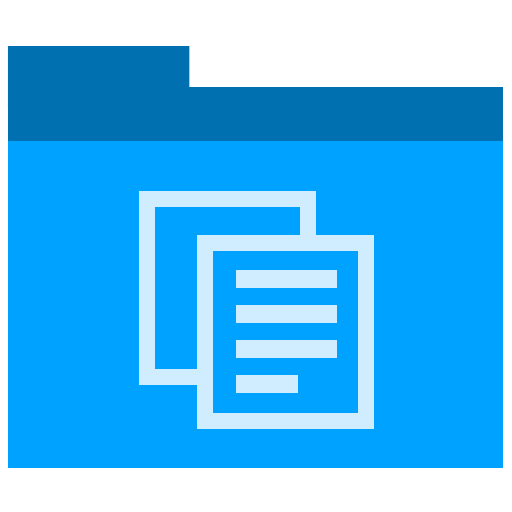Development Phase, Templates
How to Create Naming Conventions for Technical Documents
Yesterday we looked at how to create the first steps in your Document Control Procedure. We identified the team members and their roles during the documentation process. The next step is to create a naming convention that you can use across all documents during the Software Development LifeCycle.
Documentation Naming Convention Guidelines
Common document elements used in the documentation naming convention include:
- <Document Type> is the name of document type.
- The first letter of the word for the Document Type in the document title is capitalized.
- All other letters in the word are lower case.
Example – A specification would be stated as Specification.
- The first letter of each word for the Specification Document Type in the document title is capitalized for Specification with multiple words in the title.
- All other letters in the words are lower case. Spaces are inserted between words.
Example – A Specification for the credit card system would be written as Specification Credit Card.
- <NNN> is an acronym for the type of document
- DS – Design Specification
- VP – Validation Plan
- FRS – Functional Requirement Specification
- FAT – Factory Acceptance Test
- HDS – Hardware Design Specification
- URS – User Requirement Specification
- PP – Project Management Plans
- SDS – Software Design Specification
The letters used for the acronym in the document title are all capitalized.
- <rev#> is the revision level of the document
- Document Review is A1, A2, A3…An (where n is the content review revision number)
The original draft of the document is assigned the revision number A1
- Each revision of the document is assigned the next sequential review number.
- Validation Review is B1, B2, B2…Bn (where n is the validation review revision number)
The original validation review of the document is assigned the revision number B1.
- This revision number is assigned to the document prior to being sent to the designated reviewer.
- Each revision during validation review of the document is assigned the next sequential validation review revision number.
- Format Review is C1, C2, C3…Cn (where n is the format review revision number)
The original format review of the document is assigned the revision number C1.
- This revision number is assigned to the document prior to being sent to the designated format reviewer.
- Each revision during format review of the document is assigned the next sequential format review revision number.
- Formal Release is 0, 1, 2…n (where n is the released revision number)
The formal release of the document for use on your organization website is assigned the revision number 0.
- Revision of the document resulting from user input is assigned the next sequential number.
- Revisions to documents must follow the document change control procedure.
- Letters used for the revision level in the document title are capitalized.
- <YYYYMMDD> is the release date of the document
- The date is listed as current year (four digits), month (two digits), and day (two digits).
Example – June 10th, 2015 would be stated as 20150610.
Documentation naming conventions
- User Guide templates – <User Guide Type>_<NNN>_<rev#>.doc
- General Templates: – Template_<NNN>_<rev#>.doc
- Meeting minutes: Organization_Minutes_<YYYYMMDD>.doc
- Presentations: Organization_Presentation_<YYYYMMDD>.doc and Organization_Presentation_<YYYYMMDD>.ppt
- Documents should be created in Microsoft Office 2007 format.
Document Formal Release
A document is released when it has completed the following process:
- Completed content review
- Completed validation review
- Completed format review
- Document turned over to the Document Owner for storage in release folder
- Document made available on intranet and website.
- All changes to documents must follow the Document Change Control section.
Storage and backup
Develop a process for storing and backing up formal documents.
Next Steps
These guidelines will help you create a naming convention for all documents created during the Software Development LifeCycle, such as Test Plans, User Guide, Case Studies and Design Documents. Make sure to create a naming convention process that is easy to follow as a large part of managing documents is developing processes that are simple to use, follow and share.
About the Author: Ivan Walsh is a London-based technical writer who specializes in documenting plans, guides and manuals. You can download his Technical Writing Template Kit here and also his Software Development LifeCycle templates with free Word and Excel templates here.
